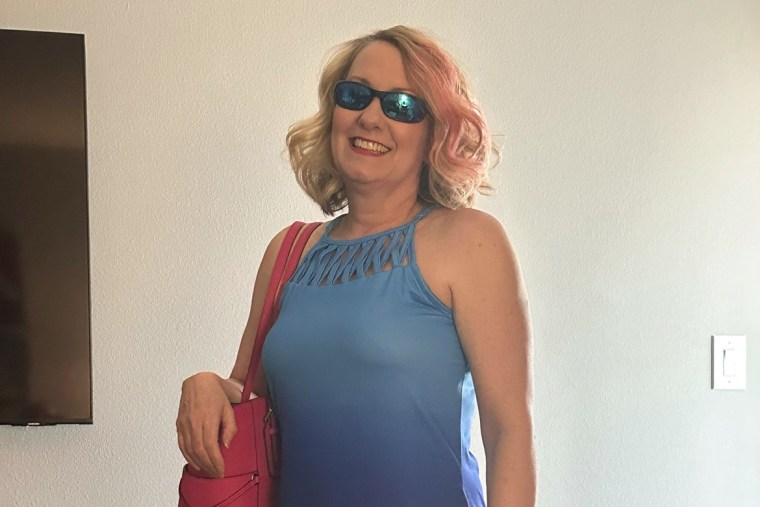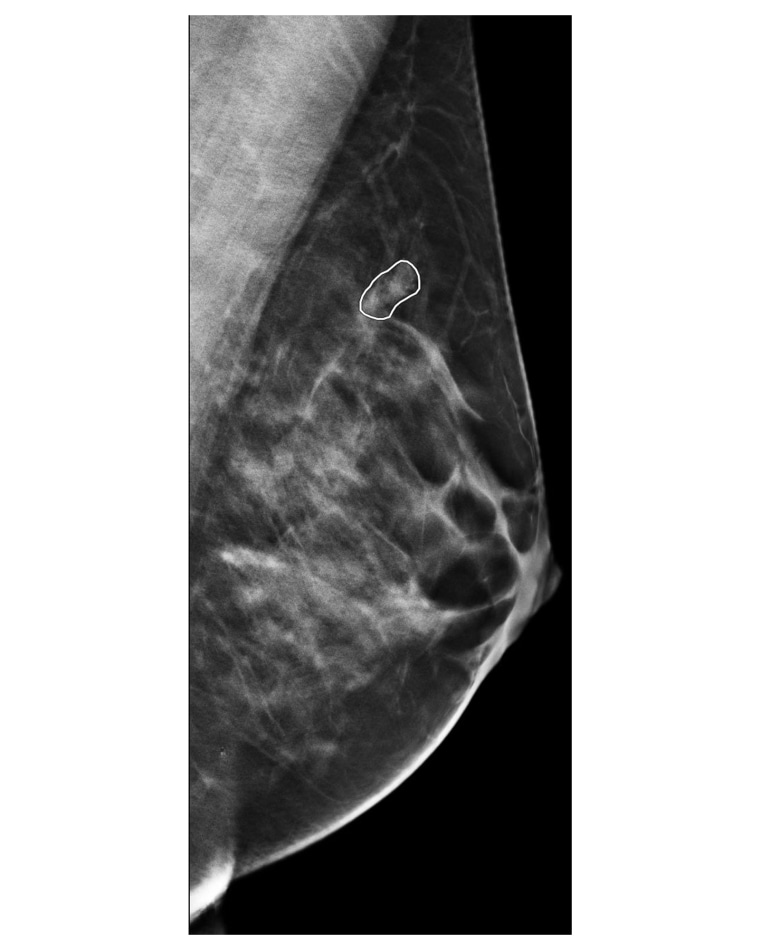Developer Offer
Try ImaginePro API with 50 Free Credits
Build and ship AI-powered visuals with Midjourney, Flux, and more — free credits refresh every month.
How AI Is Improving Breast Cancer Mammogram Scans
A Second Look from AI Catches What a Doctor Missed
When Deirdre Hall received the results from her routine mammogram last summer, everything appeared normal. A radiologist saw no signs of cancer. However, the screening was also reviewed by artificial intelligence software, which flagged a suspicious area in her left breast.
This AI-driven alert prompted a second look from the doctor and led to an ultrasound and biopsy. The result was a diagnosis of four cancerous tumors, all located in the exact spot the AI had identified. “This would have been completely missed without the AI,” stated Dr. Sean Raj, chief medical officer at SimonMed Imaging where Hall was treated. Her cancer was caught at Stage 1, a critical factor for successful treatment. Hall’s case highlights a growing trend in radiology: using AI to augment human expertise in interpreting medical scans.

How AI Enhances Mammogram Analysis
Radiologists are increasingly using AI as a powerful tool to enhance their analysis of mammograms. This technology is trained on hundreds of thousands, sometimes millions, of mammogram images. By processing this vast dataset, the AI learns to recognize the subtle patterns and differences that distinguish malignant tumors from benign tissue. Some AI programs circle suspicious areas for the radiologist to review, while others calculate a patient's future risk of developing breast cancer.
While many major medical centers have embraced this technology, some experts remain cautious, pointing to a need for more U.S.-based studies to confirm that AI not only improves detection rates but also saves lives without causing unnecessary alarm over harmless growths.
The Challenge of Dense Breasts: A Snowball in a Blizzard
Mammograms are life-saving, but they are not perfect, especially for women with dense breast tissue. About 40% of U.S. women have dense breasts, which is a risk factor for cancer and makes mammograms significantly harder to read. Dr. Otis Brawley, a professor at Johns Hopkins University, compares the challenge to “trying to find a snowball in a blizzard.”
This is where AI can make a significant difference. In Hall’s case, her dense and complex breast tissue had camouflaged the tumors. The AI was able to see through this complexity. Studies support this advantage. One study noted that an AI program successfully caught cancers that had been missed by two different radiologists. AI can also help level the playing field, with research showing it can help general radiologists achieve the accuracy rates of breast imaging specialists.

A Cautious Approach: The Drawbacks of AI
Despite its promise, experts urge a measured approach to adopting AI in mammography. A primary concern is the rate of false positives. One study found that an AI program had a false positive rate of 7%, leading to unnecessary anxiety and further testing for patients.
Another worry is the potential for overdiagnosis—finding cancers that are technically malignant but are not aggressive and would never have become life-threatening. Dr. Brawley worries that “AI may help us find even more of these tumors that don’t need to be found,” leading to treatments that may not be necessary. Other concerns include the risk of doctors becoming overly reliant on the technology and the potential for bias if AI algorithms are trained primarily on images from one demographic group, making them less accurate for women of color.
Radiologists emphasize that AI is a tool, not a replacement for human expertise. “It’s not going to replace the job or the expertise of radiologists,” said Dr. Lisa Abramson of Mount Sinai, “but I think it’s only going to enhance our ability to detect more and more breast cancers.”
Is There an Extra Cost for AI Mammograms?
Generally, patients are not charged extra for the use of AI at major academic medical centers, as there is no specific billing code for it. Some private imaging centers, like SimonMed and RadNet, offer an initial layer of AI at no charge but may offer a second, more advanced AI analysis for an additional fee, typically around $40 or $50.
Official Guidance on Breast Cancer Screening
Staying up-to-date on your screenings is the most important step. Current guidelines vary slightly between organizations.
The United Services Preventive Services Task Force recommends women get a mammogram every other year starting at age 40.
The American Cancer Society guidelines suggest:
- Women 45 to 54 should get mammograms every year.
- Women 55 and older can switch to a mammogram every other year or continue with yearly screenings.
To ensure the most accurate screening, the American Cancer Society also recommends trying to visit the same imaging center each year for easier comparison of images over time and asking if the center has radiologists who specialize in breast imaging. If your report indicates you have dense breasts, discuss with your doctor whether additional imaging tests might be beneficial for you.
Compare Plans & Pricing
Find the plan that matches your workload and unlock full access to ImaginePro.
| Plan | Price | Highlights |
|---|---|---|
| Standard | $8 / month |
|
| Premium | $20 / month |
|
Need custom terms? Talk to us to tailor credits, rate limits, or deployment options.
View All Pricing Details
